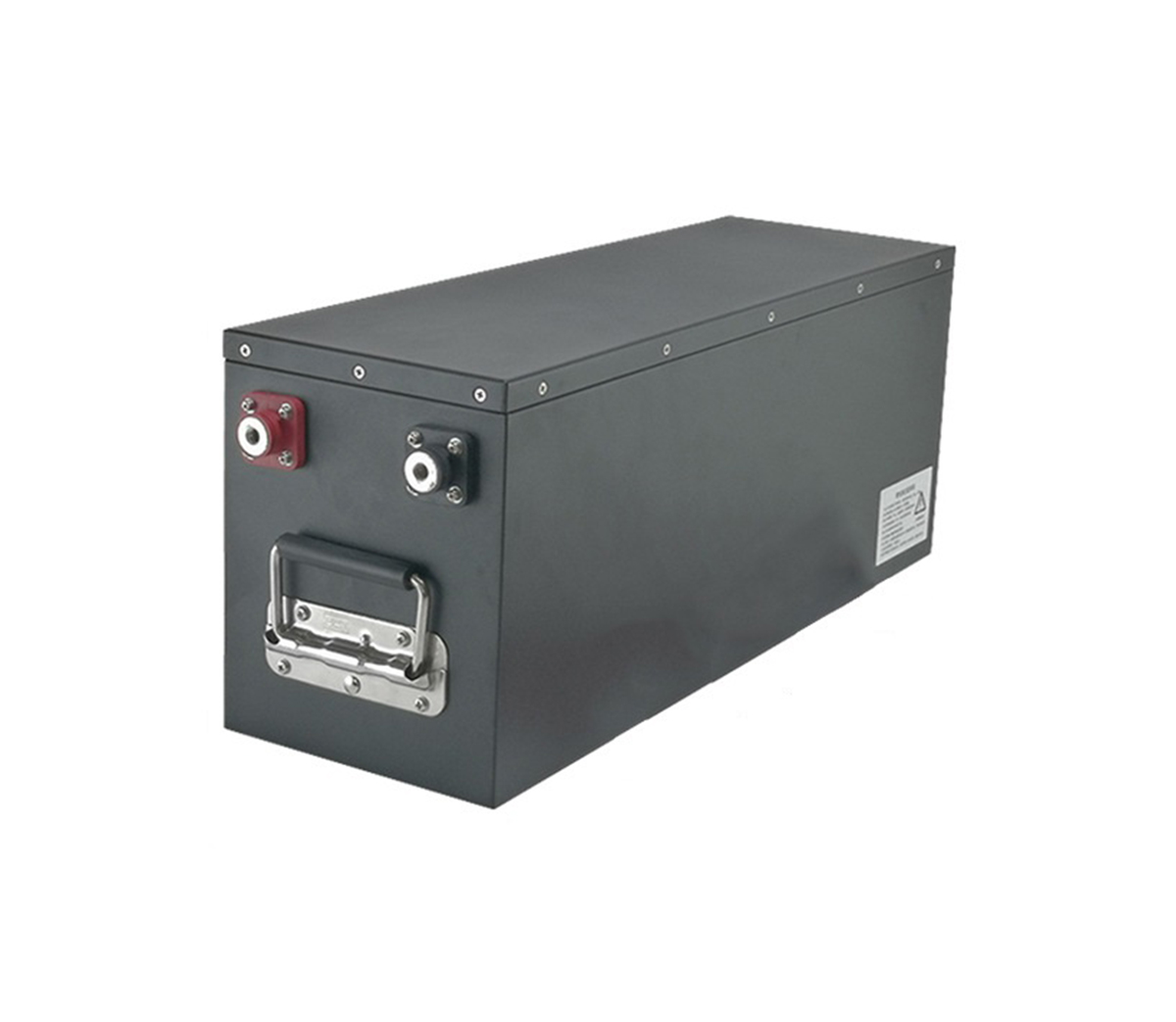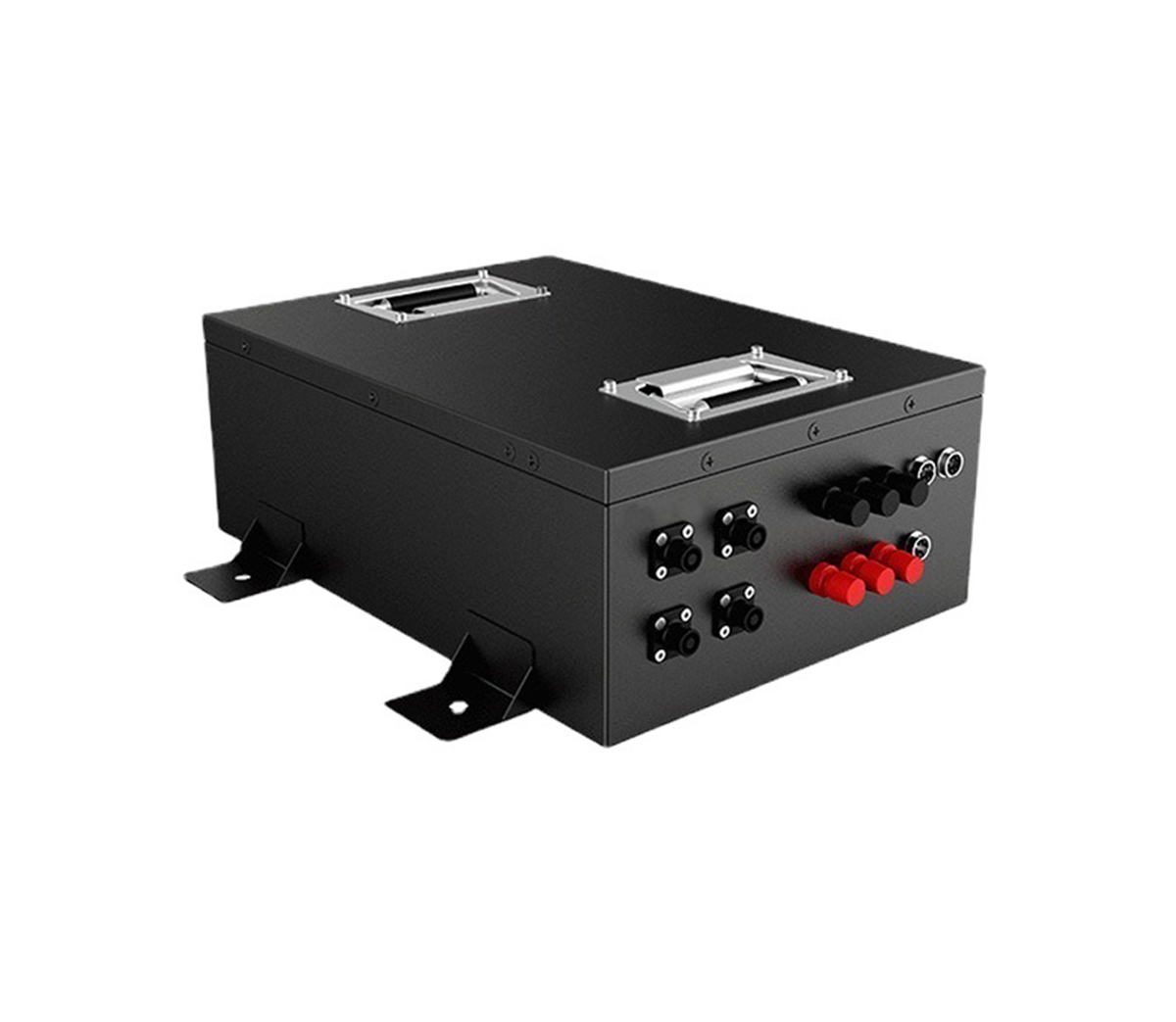With the rapid development of science and technology, the use range and function of lithium batteries have long been self-evident, but in our daily life, lithium battery accidents always emerge in endlessly, which always troubles us.
With the rapid development of science and technology, the scope and role of lithium batteries have long been self-evident, but in our daily life, lithium battery accidents always emerge in endlessly, which always plagues us. In view of this, the editor specially organizes lithium I hope to provide you with the cause analysis and solution measures for common problems of ions.
1. The voltage is inconsistent, and some are low
1. Large self-discharge causes low voltage
The self-discharge of the cell is large, so that its voltage drops faster than others. The low voltage can be eliminated by checking the voltage after storage.
2. Uneven charge causes low voltage
When the battery is charged after the test, the battery cells are not evenly charged due to the inconsistent contact resistance or the charging current of the test cabinet. The measured voltage difference is small during short-term storage (12 hours), but the voltage difference is large during long-term storage. This low voltage has no quality problems and can be solved by charging. Stored for more than 24 hours to measure the voltage after being charged during production.
2. The internal resistance is too large
1. Differences in detection equipment caused
If the detection accuracy is not enough or the contact group cannot be eliminated, the internal resistance of the display will be too large. The AC bridge method principle should be used to test the internal resistance of the instrument.
2. Storage time is too long
Lithium batteries are stored for too long, resulting in excessive capacity loss, internal passivation, and large internal resistance, which can be solved by charging and discharging activation.
3. Abnormal heating causes large internal resistance
The battery is abnormally heated during processing (spot welding, ultrasonic, etc.), which causes the diaphragm to produce thermal closure, and the internal resistance is seriously increased.
Three, lithium battery expansion
1. Lithium battery swells when charging
When charging a lithium battery, the lithium battery will naturally expand, but generally no more than 0.1mm, but overcharging will cause the electrolyte to decompose, increase the internal pressure, and expand the lithium battery.
2. Expansion during processing
Generally, abnormal processing (such as short circuit, overheating, etc.) causes the electrolyte to decompose due to excessive heating, and the lithium battery swells.
3. Expand while cycling
When the battery is cycled, the thickness will increase as the number of cycles increases, but basically does not increase after more than 50 cycles. Generally, the normal increase is 0.3~0.6mm, and the aluminum shell is more serious. This phenomenon is caused by normal battery reactions. However, if the thickness of the shell is increased or the internal materials are reduced, the expansion phenomenon can be appropriately reduced.
Four. The battery is powered down after spot welding
The voltage of the aluminum shell cell after spot welding is lower than 3.7V, which is generally caused by the excessive spot welding current that causes the internal diaphragm of the cell to break down and short-circuit, causing the voltage to drop too fast.
is generally caused by the incorrect spot welding position. The correct spot welding position should be spot welding on the bottom or the side with the mark "A" or "—". Spot welding is not allowed on the side and large side without marking. In addition, some spot-welded nickel tapes have poor weldability, so they must be spot-welded with a large current, so that the internal high-temperature resistant tape can not work, resulting in internal short-circuit of the battery core.
Battery power failure after spot welding is also partly due to the large self-discharge of the battery itself.
Five, battery explosion
The battery explosion generally has the following situations:
1. Overcharge explosion
The protection circuit is out of control or the detection cabinet is out of control, so that the charging voltage is greater than 5V, causing the electrolyte to decompose, a violent reaction occurs inside the battery, the internal pressure of the battery rises rapidly, and the battery explodes.
2. Overcurrent explosion
The protection circuit is out of control or the detection cabinet is out of control, so that the charging current is too large and the lithium ions are too late to be inserted. Lithium metal is formed on the surface of the pole piece, penetrates the diaphragm, and the positive and negative electrodes are directly short-circuited and cause explosion (rarely).
3. Explosion when ultrasonic welding plastic shell
When ultrasonic welding the plastic shell, the ultrasonic energy is transferred to the battery core due to the equipment. The ultrasonic energy is so large that the internal diaphragm of the battery melts, and the positive and negative electrodes are directly short-circuited, causing an explosion.
4. Explosion during spot welding
Excessive current during spot welding caused serious internal short circuit and explosion. In addition, during spot welding, the positive electrode connecting piece was directly connected to the negative electrode, causing the positive and negative poles to directly short-circuit and explode.
5. Over discharge explosion
Battery over-discharge or over-current discharge (above 3C) easily dissolves and deposits the negative electrode copper foil on the separator, causing the positive and negative electrodes to be directly short-circuited to cause an explosion (rarely occurs).
6. Explode when vibration falls
The internal pole piece of the battery is dislocated when the battery is violently vibrated or dropped, and it is directly short-circuited and exploded (rarely).
6. Low battery 3.6V platform
1. Inaccurate sampling of the detection cabinet or unstable detection cabinet causes the test platform to be low.
2. Low ambient temperature causes low platform (discharge platform is greatly affected by ambient temperature)
Seven, caused by improper processing
(1) Move the positive electrode connection piece of the spot welding forcefully to cause poor contact of the positive electrode of the battery cell, resulting in a large internal resistance of the battery cell.
(2) The spot welding connection piece is not firmly welded, and the contact resistance is large, which makes the battery internal resistance large.


































